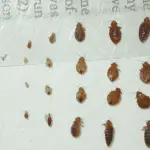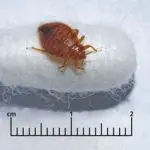Why Are Bed Bugs Back?
If you think bed bugs are gone forever, it might be time to re-evaluate your prevention efforts. A single female bed bug can lay as many as 200 eggs during her life. While pesticides are effective in killing bed bugs, they can reappear years after treatment. In many cases, the problem can be traced back to an ineffective treatment.
A combination of factors is to blame for the resurgence of bedbugs in the United States. Increasing global travel, changing home hygiene practices, and the availability of pesticides have contributed to the return of these tiny insects. One of the main reasons for this outbreak is the introduction of chemical resistant strains, likely as a result of ineffective or incomplete treatments by homeowners.
While pesticides were once effective at eliminating bed bugs, a recent survey shows that the problem has returned to all 50 states. The number of complaints has increased 50 times over the last five years, according to the National Pest Management Association. Even the use of second-hand furniture is attributed to the resurgence.
The female bedbug will lay as many as 200 to 500 eggs in her lifetime. As a result, it’s important to monitor your infestation as soon as possible. Once you notice a sign of bedbugs, you can use non-chemical heat applications to kill them. The eggs hatch in about eight to nine days. A newly hatched bedbug will need a blood meal within three days.








